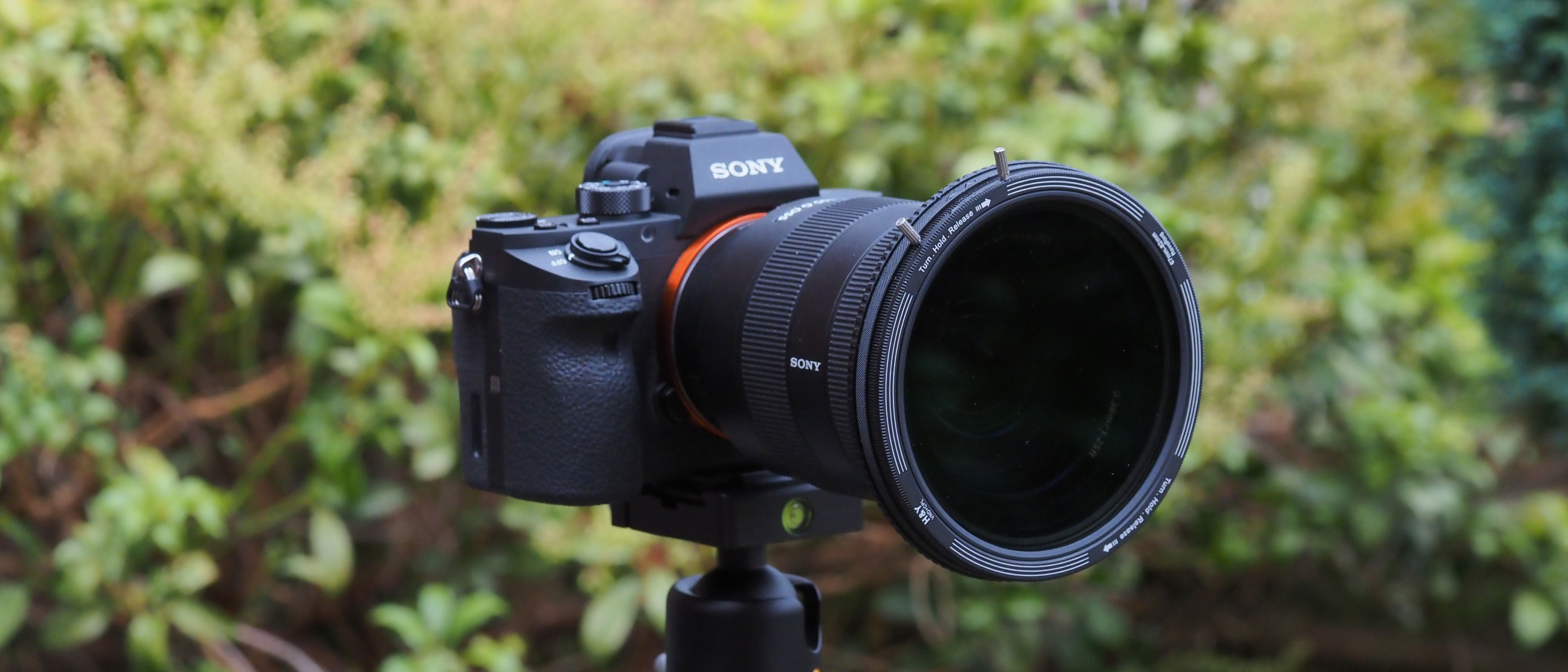Digital Camera World Verdict
The H&Y Revoring with Variable ND and Circular Polariser is a very clever idea that’s well made, easy to use and, within the limits of variable ND filters in general, delivers very good results. It’s also good value compared to the cost of buying polarising and variable ND filters separately. The only question is whether these are two filters you would necessarily use together – that’s for individual photographers to work out.
Pros
- +
Clever Revoring attachment
- +
Two filters in one
- +
Overall design and quality
Cons
- -
Some manual dexterity needed
- -
Usual variable ND ‘crossfade’
Why you can trust Digital Camera World
There are two sides to this Revoring system, and the H&Y Revoring with Circular Polariser and Variable ND filter is just one of them.
There’s also the Revoring itself, which has a unique spring-loaded attachment mechanism that can adapt to a range of filter sizes (ours is for 67-82mm filter threads), and is essentially a multi-size step-up ring to attach one filter size (82mm, 67mm or 55mm – there will initially be three Revoring models) to a whole range of lenses.
But H&Y has also made this version, which incorporates both a polarising filter and a variable ND (neutral density) filter in a single dual-action device, which is a pretty unique idea in itself.
Specifications
Filter sizes: 67-82mm, 46-62mm, 37-49mm
Polariser: 99.9% efficiency
Variable ND: 3-1000 (1.5 to 10 stops)
Key features
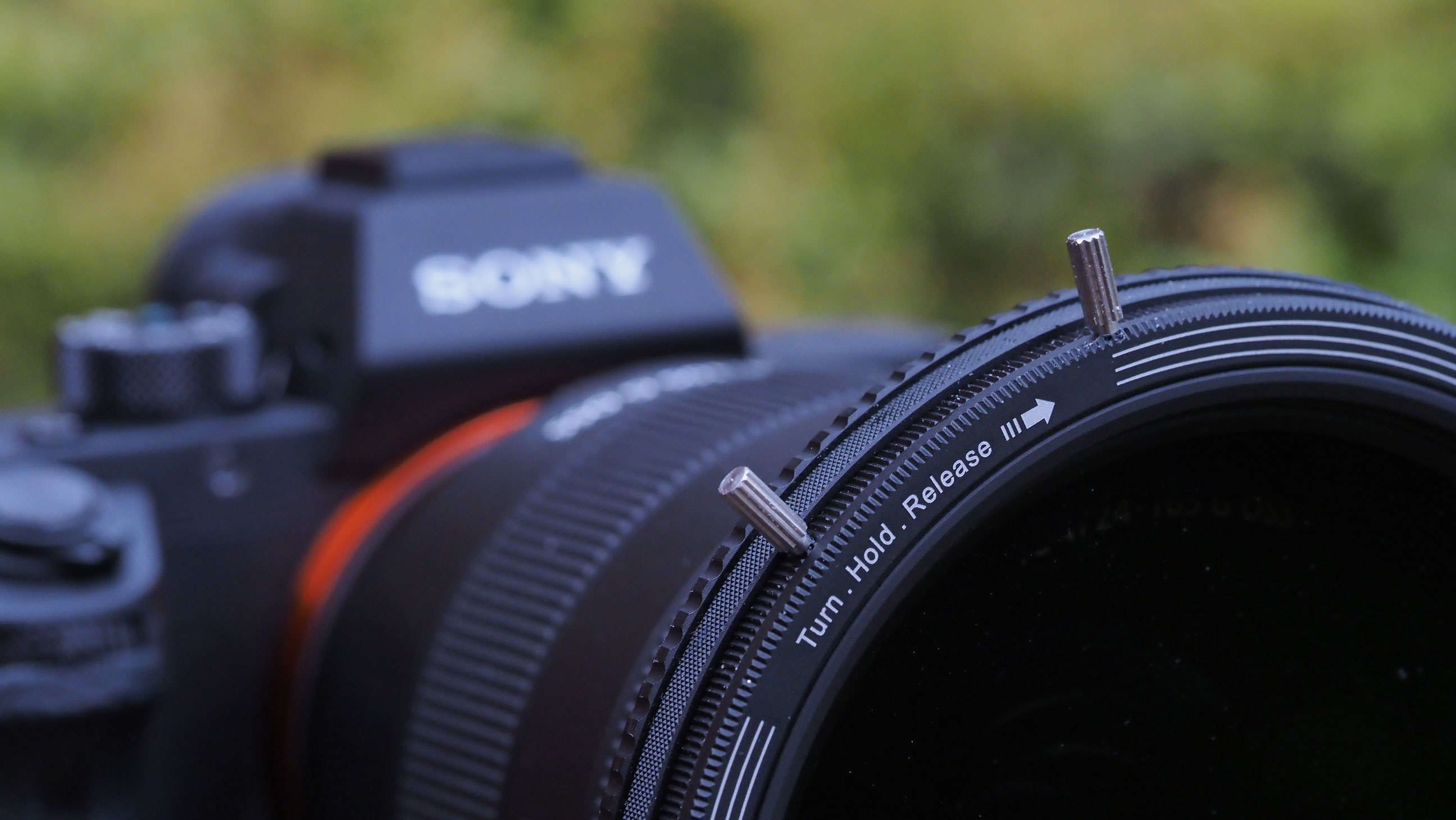
The H&Y Revoring comes in three sizes to fit different filter size ranges. We used the largest 67-82mm size which fits any filter thread in that range. There is also a 67mm version (filter threads from 46-62mm) and a smaller 52mm version (filter threads from 37-49mm).
In each case, you can get the Revoring on its own, and use it as a multi-size step-up ring for different lenses, or the Revoring polariser + variable ND filter.
The regular Revoring is ideal if you want to use a single circular filter across a range of lens sizes. For example, you could use 82mm circular filters on lenses with filter sizes from 67-82mm (which covers many DSLR and mirrorless lenses). You can do this with step-up rings, of course, but the difference here is that you only need one Revoring – you don’t have to get multiple step-up rings. These might be quite cheap to buy, but they’re also quite easy to lose and there’s extra faff in finding the right one for each lens.
The Revoring with polariser and variable ND filters is a different proposition. It combines two polarizing filters (we presume) to offer both a regular polarizing effect and a variable ND filter. The two polarizing elements can be contra-rotated to product the variable ND effect – in fact this is how variable ND filters work in general. What’s different about the Revoring approach is that you can use the ‘back’ filter element independently as a polarizing filter with the option of turning the ‘front’ filter to add the variable ND effect.
Build and handling
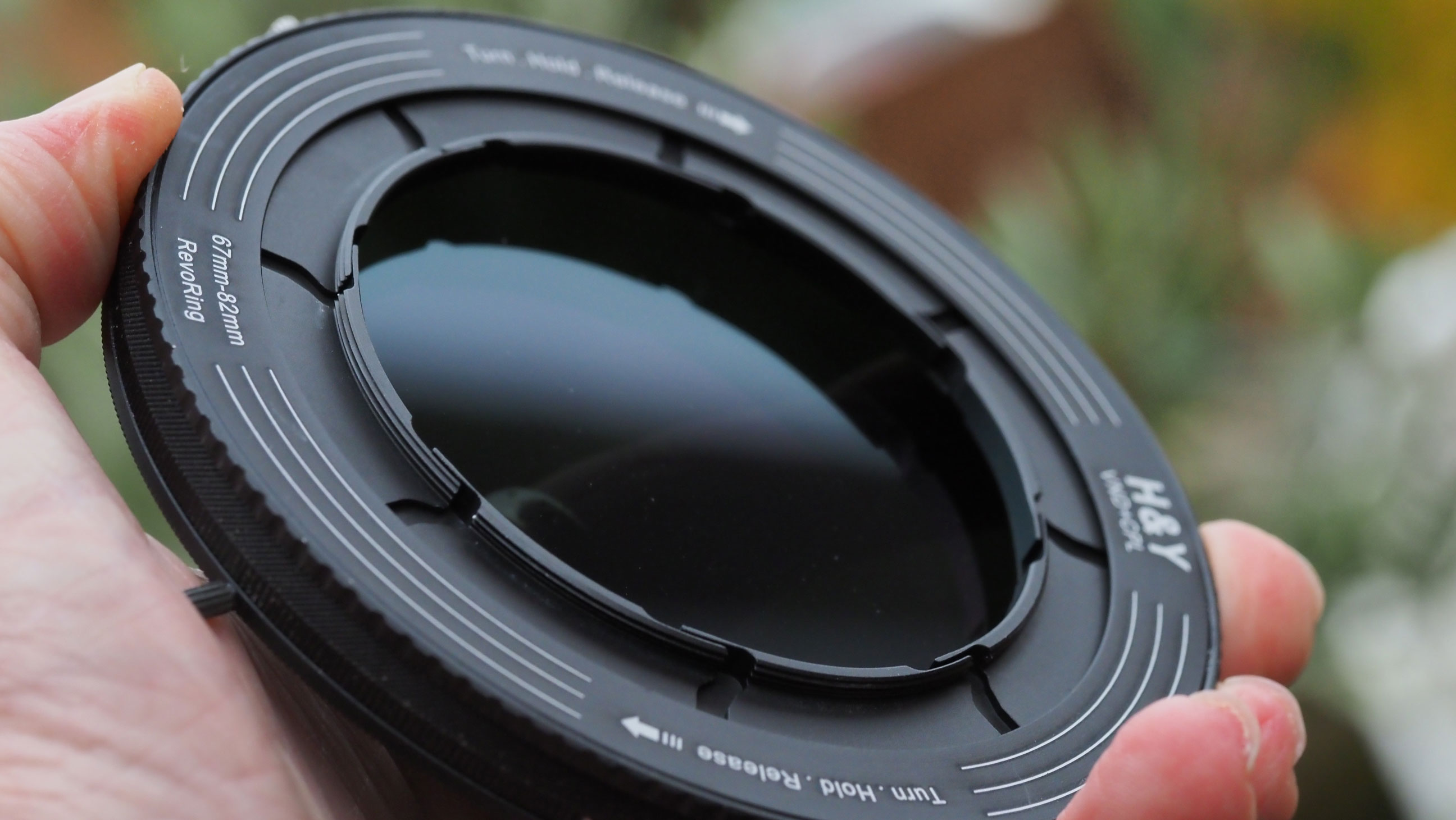
H&Y says the Japanese Nitto polarising film used on the circular polarising element offers 99.9% ‘polarising efficiency’ and the German Schott B270 glass used for both elements has a nano-coat water and oil-repellent surface and anti-reflective properties.
The filter housing is made from matt black anodised aluminium and feels very well made. The Revoring fitting takes a little dexterity because you have to turn a narrow ring against quite strong spring pressure to close down the diaphragm ahead of attaching the filter. Once it’s in place inside the lens filter ring, you release it and the diaphragm expands to clamp against the lens’s inner filter thread. It does feel pretty secure, and although it requires a knack at first, it soon becomes second nature.
Both the rear polarising filter and the front variable ND filter rotate independently, and both have small metal lugs that you can move with your fingertips.
The combined polarising/variable ND action takes a little acclimatisation too. For the polarising effect alone, you turn the rear filter and front filter together with the the variable ND at its minimum setting (the two lugs almost align). To apply a variable ND effect, you turn the front filter relative to the rear filter, right up to a maximum setting of 10 stops.
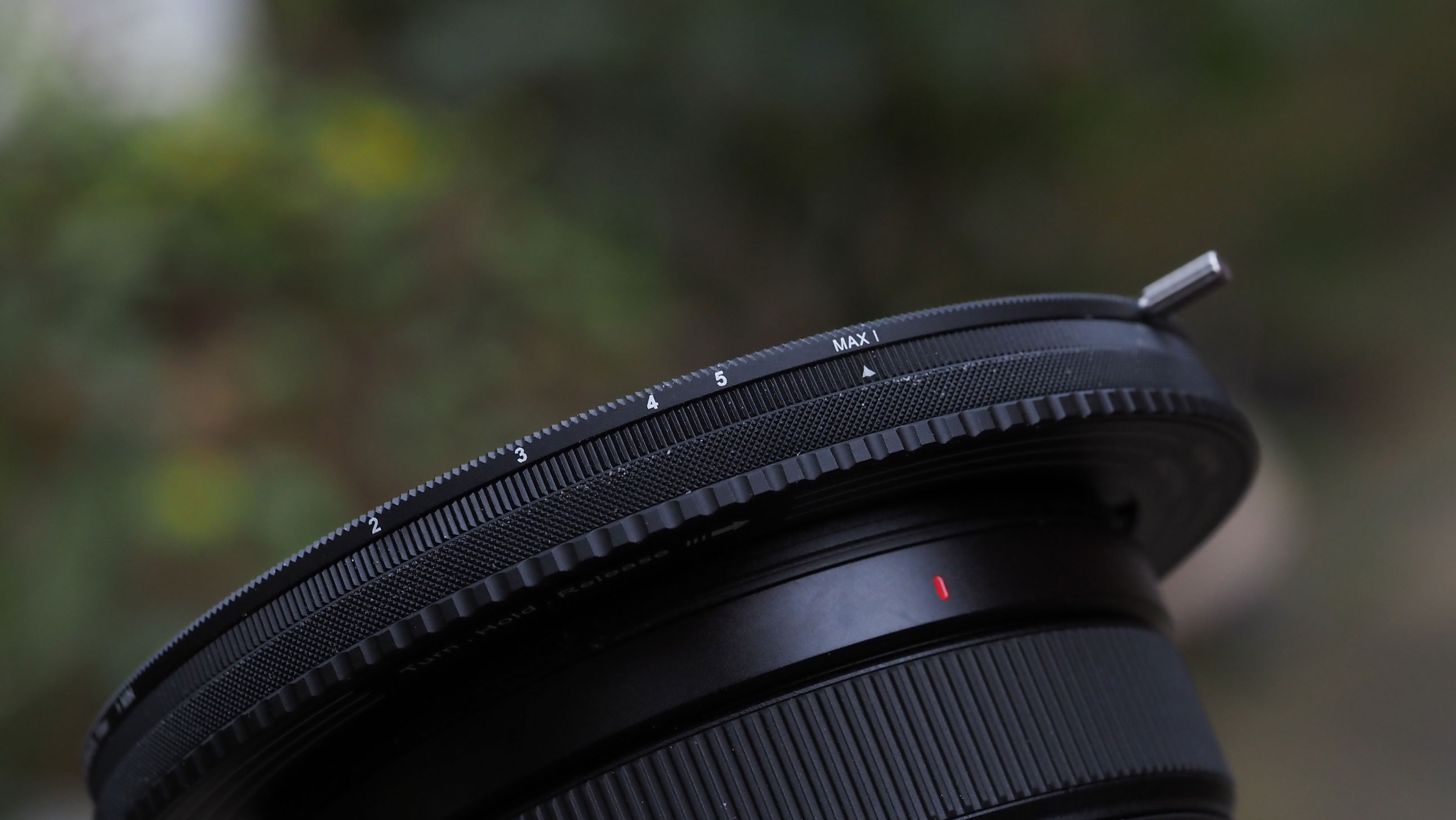
What you have to remember is that the polarising effect is always present, so you probably do need to pay some attention to the rear polariser position even if you only want the variable ND effect.
This is quick enough to do, but the need to check the polariser angle is something you don’t have with a regular variable ND filter.
You also need to check the strength of the variable ND adjustment doesn’t produce the dreaded x-shaped crossfade pattern that’s a feature of variable ND filters.
Performance

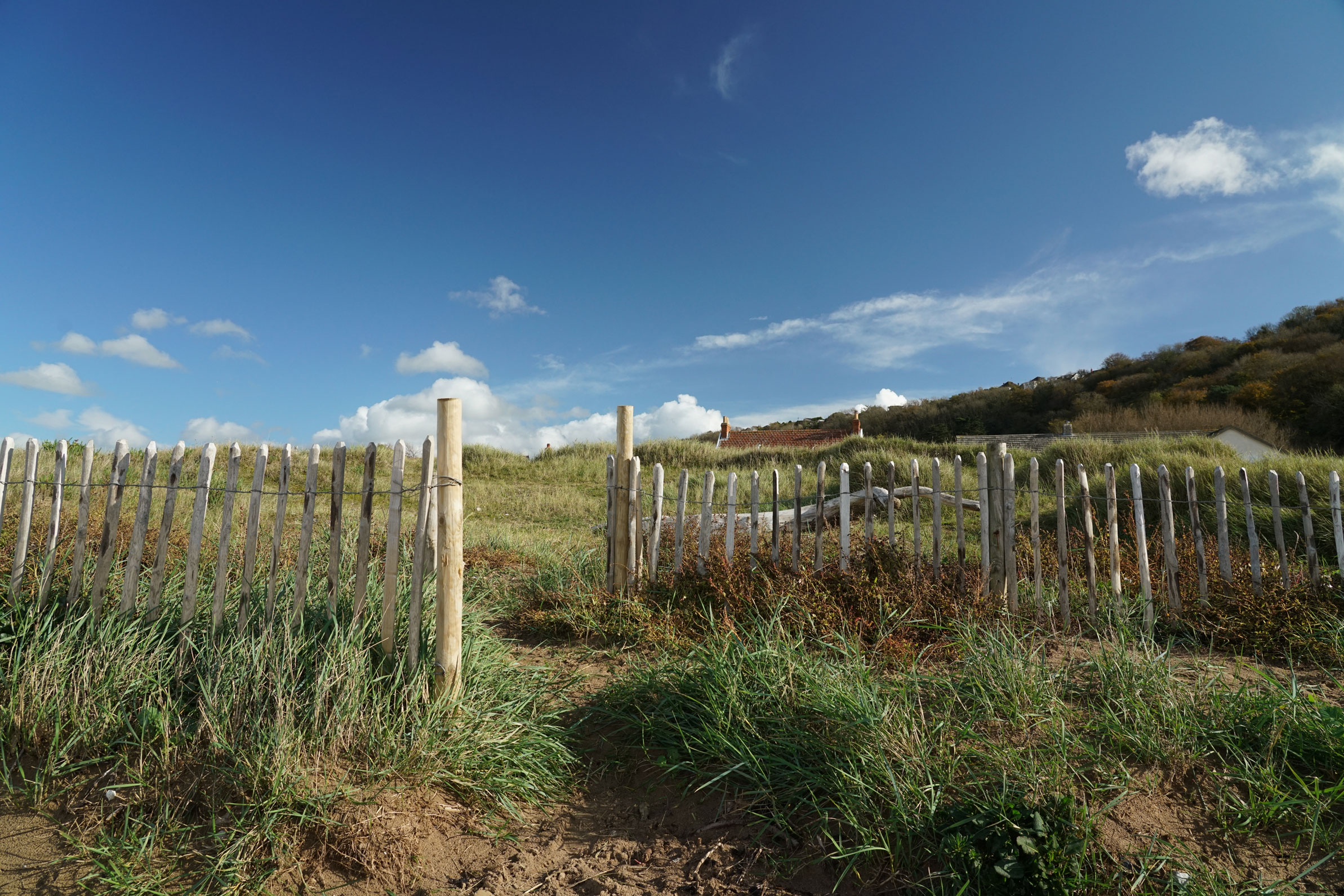

This x-shaped artefact is a well-known feature of variable ND filters, and it’s why they can be used for the relatively small exposure adjustments needed in video and aren’t so good for long-exposure stills photography.
The x-pattern arises because these filters use contra-rotating polarising elements and light is not polarised evenly across the frame. This is why, for example, you get an uneven blue tone in skies shot with wideangle lenses.
The upshot is that the wider your focal length, the more you have to watch out for the crossfade effect. The Revoring offers a maximum ND value of 10 stops, but in our tests you need to be shooting at a longer than usual focal length (70mm and longer with our Sony A7R II and 24-105mm lens) to get perfectly even illumination at this setting. At shorter focal lengths, you can’t use such high values, and with a wide-angle lens you might start to see crossfade effects with just a 3-4-stop ND reduction.
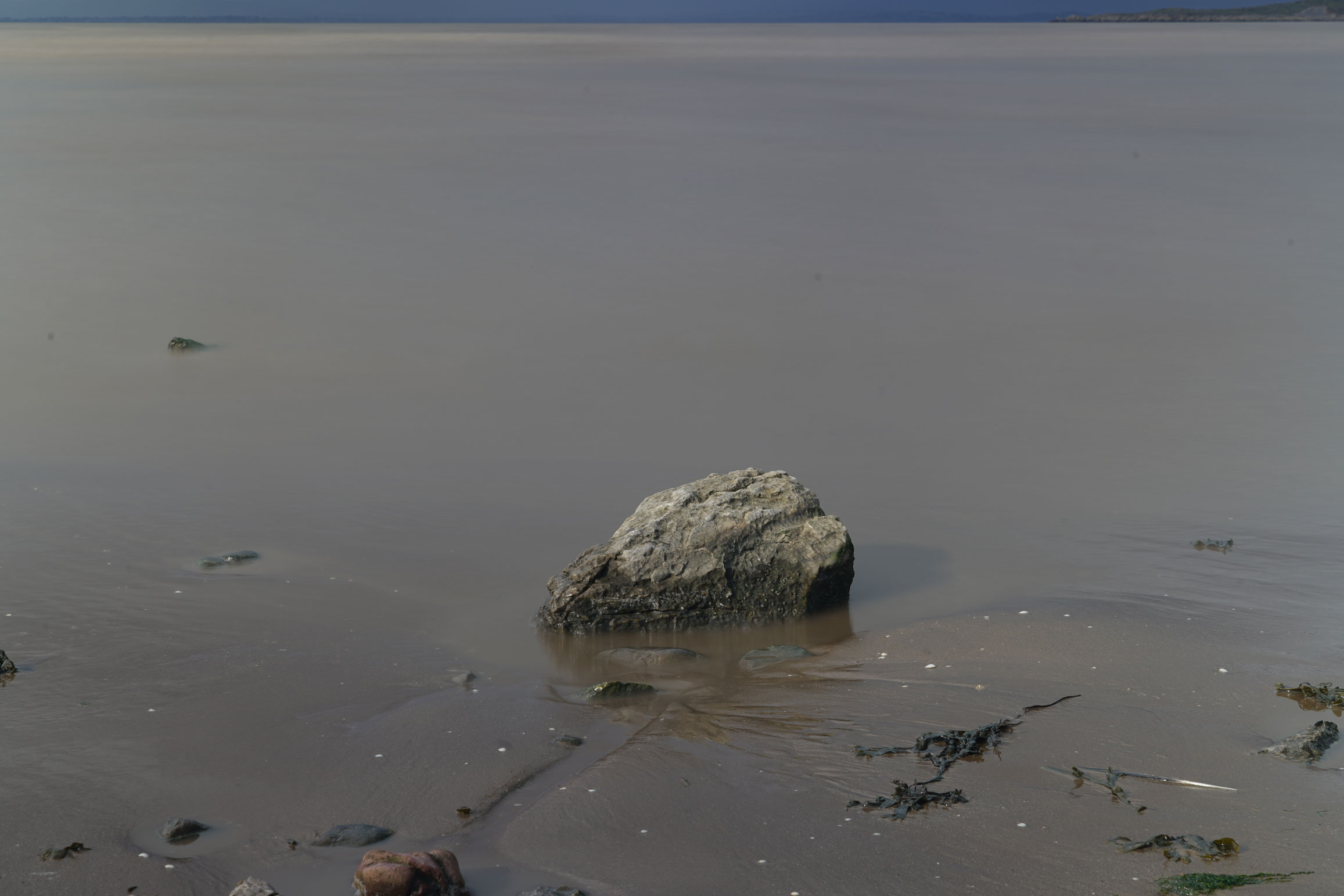
Variable ND filters are very sensitive to focal length. At 70mm we have even-looking illumination with the Revoring set to its maximum 10x strength. (Cycle through the gallery to see the differences.)
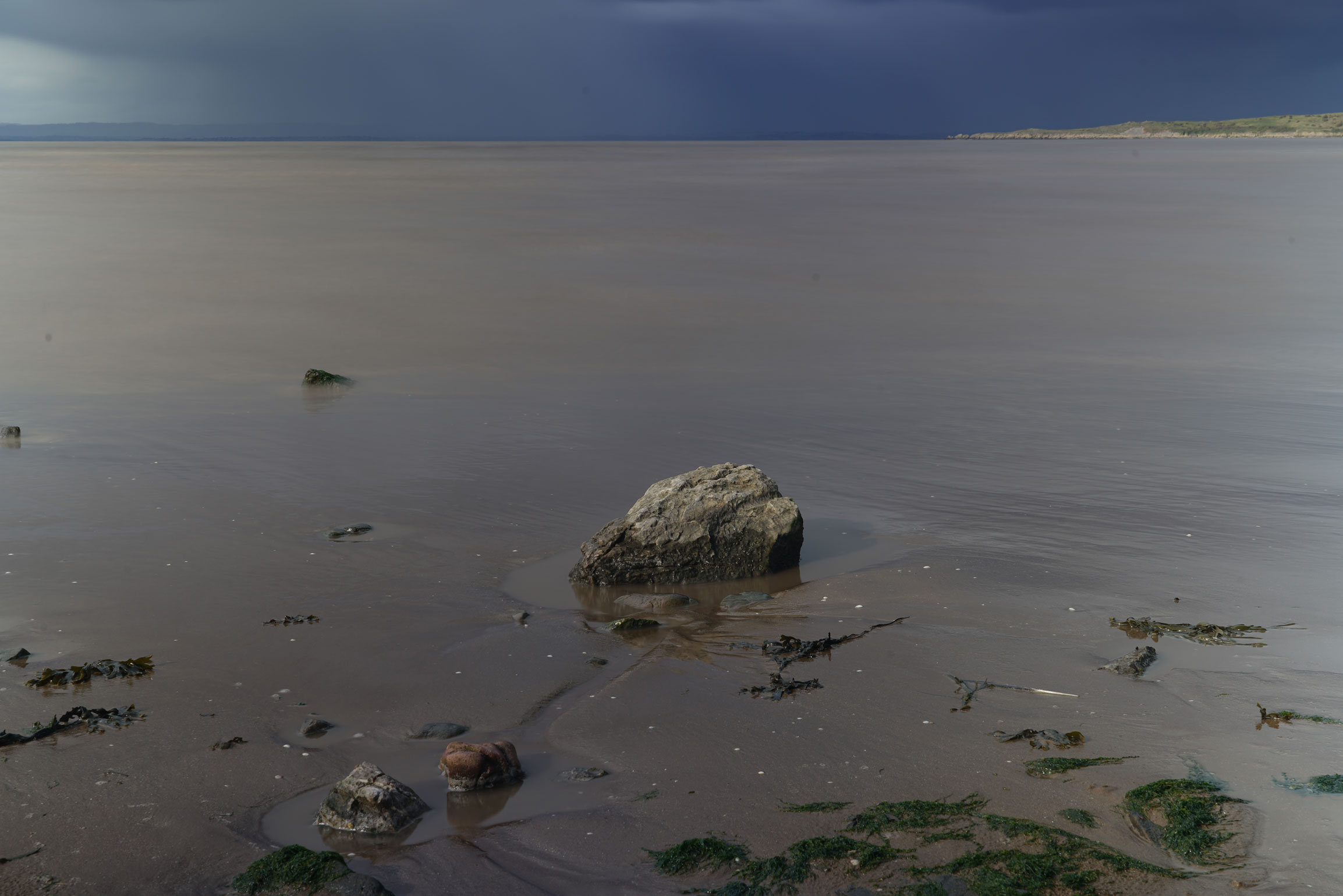
At 50mm we start to see a characteristic x-shape start to appear.
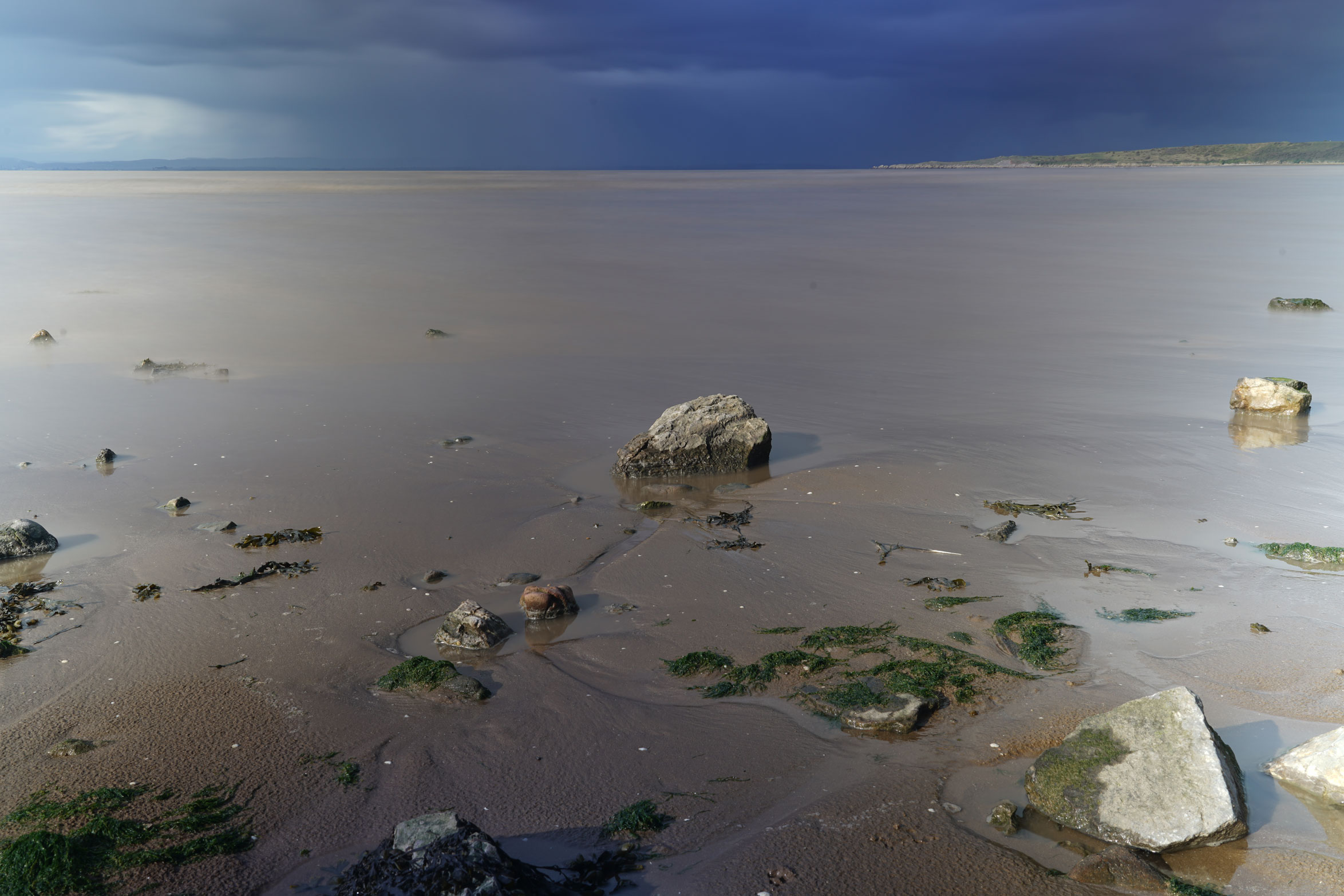
At 35mm, this is a lot more obvious.
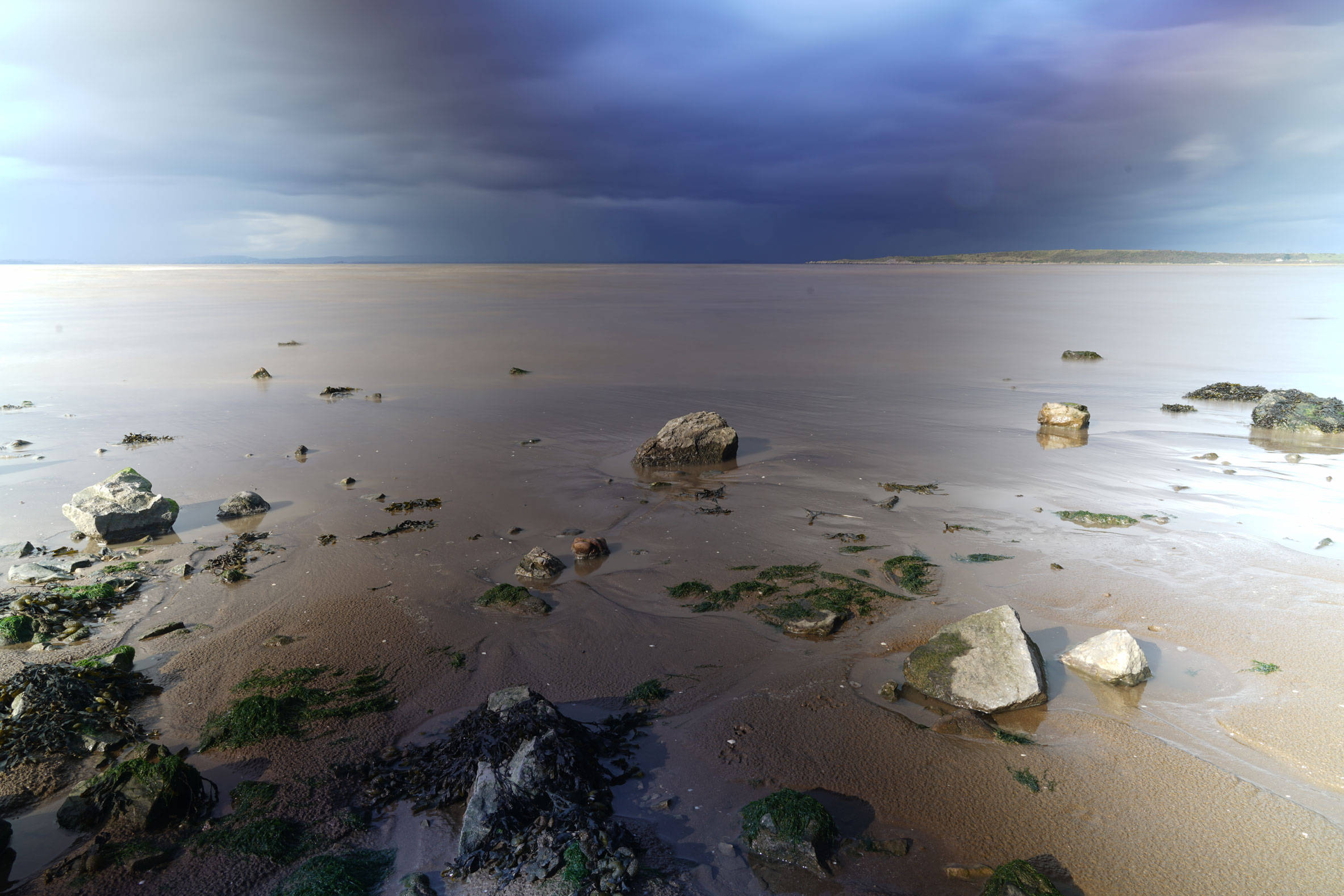
At 24mm it's pretty extreme.
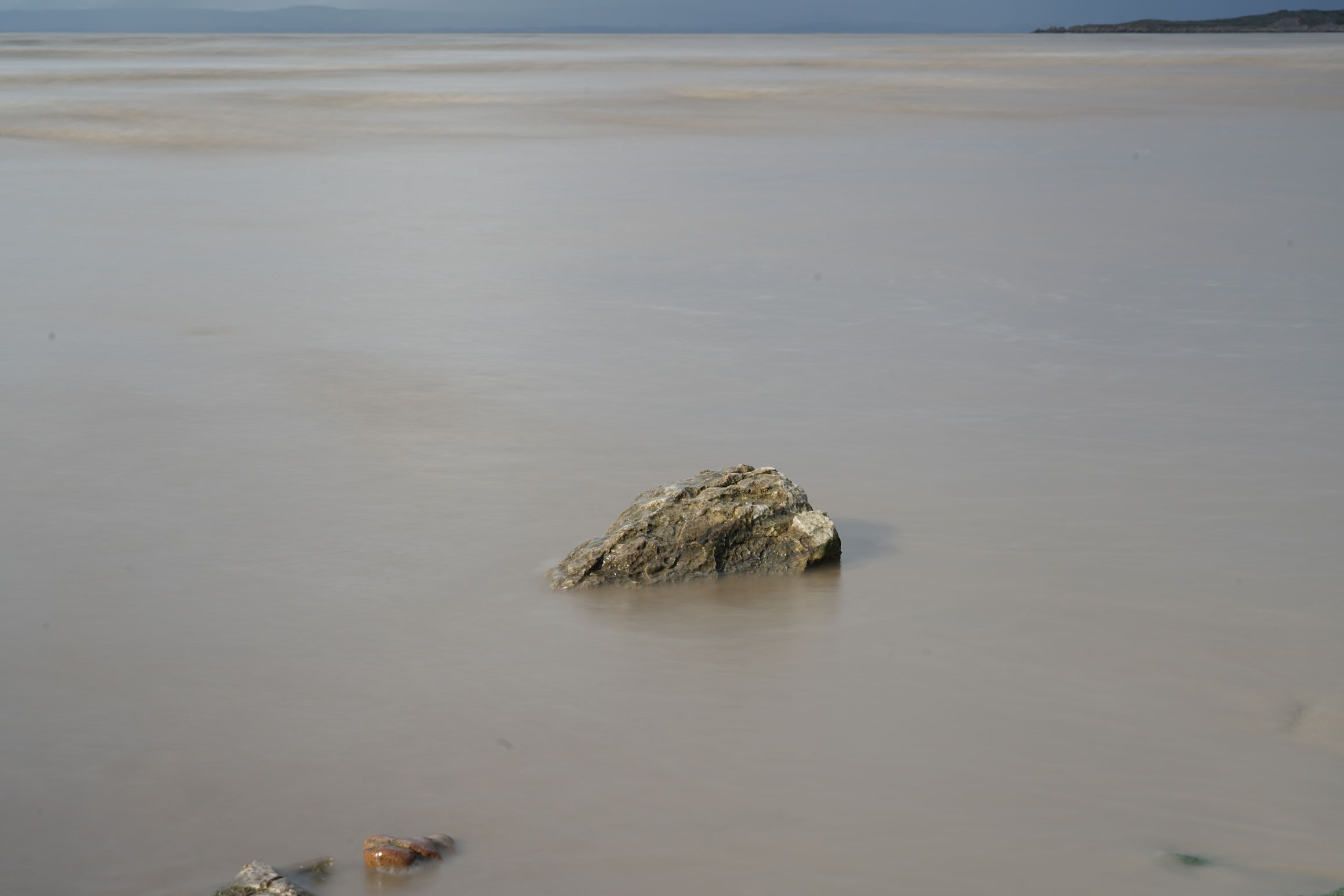
With the Revoring set to a strength of 5, the x-shaped crossfade effect certainly isn't a problem at 70mm. (Cycle through the gallery to see the differences.)

It's not really noticeable at 50mm either.
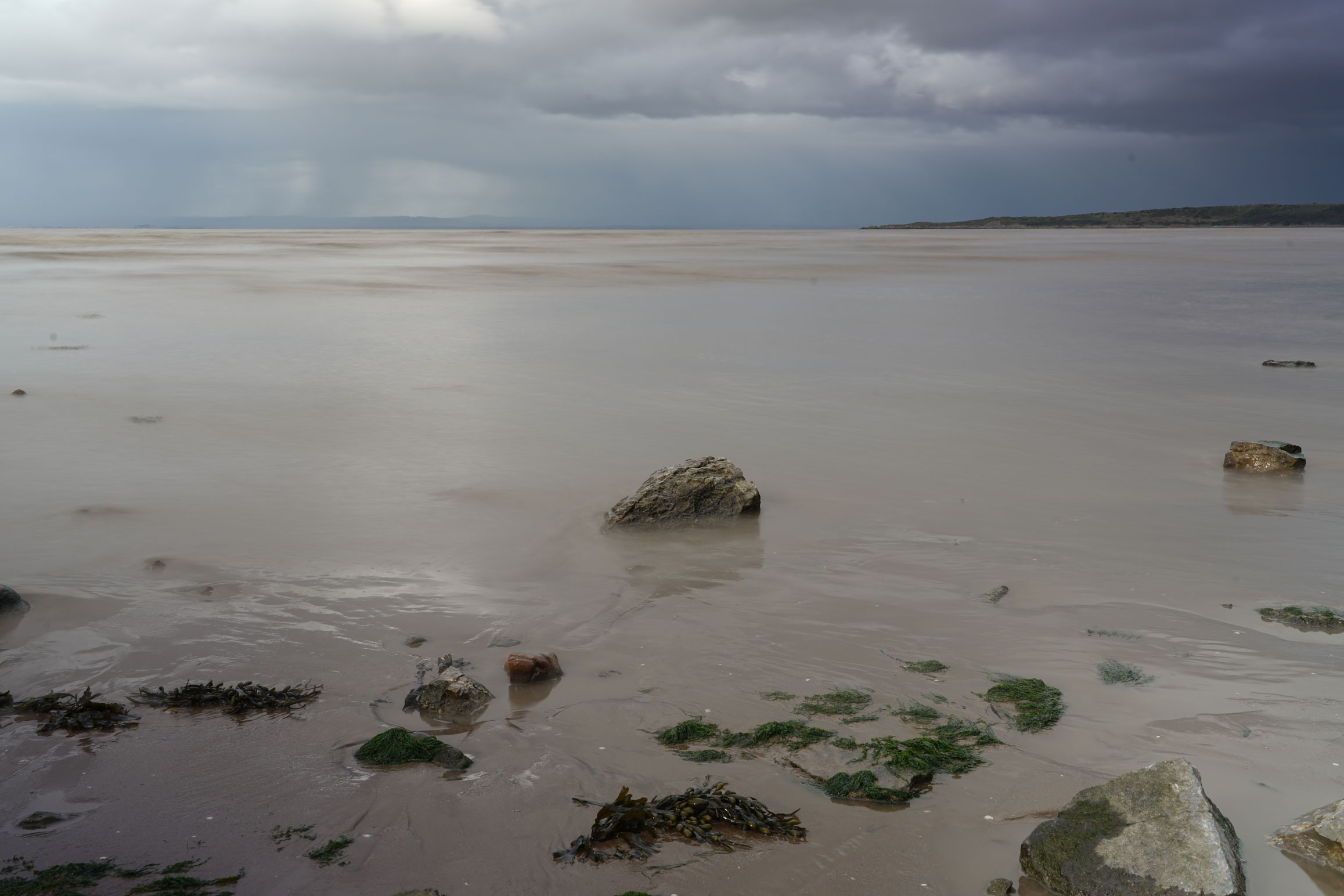
The illumination is pretty even at 35mm, too.
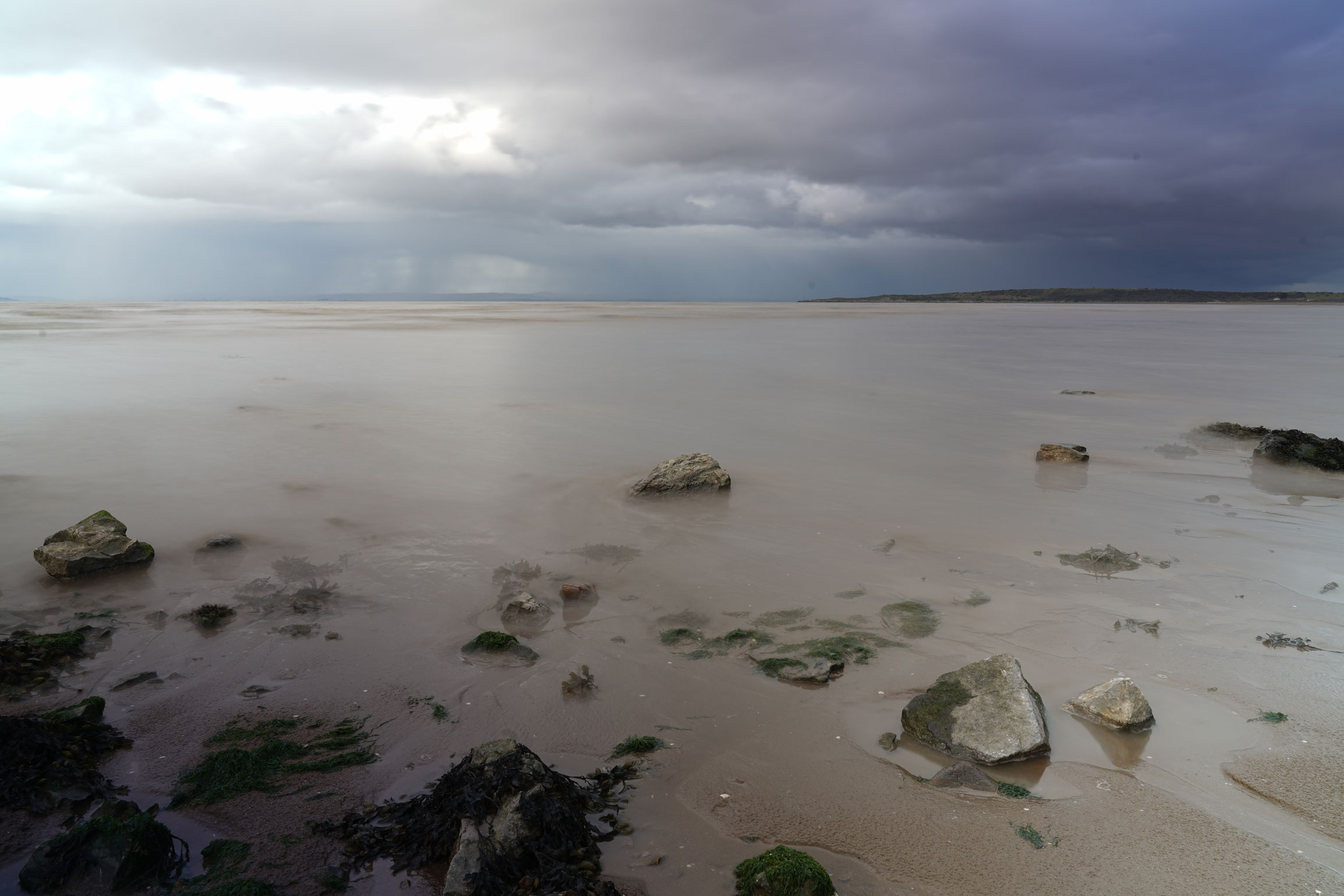
The dreaded x-pattern has definitely appeared at 24mm, though.
This is not a fault with the Revoring. It’s just something you have to be aware of with variable ND filters. We believe there are plans to add markings to the VND ring to indicate ‘safe’ focal lengths, and for a chart to be made available on the H&Y website.
This technicality aside, the results were excellent. Our tests showed no apparent color shifts with different ND settings or with the polariser angle – except in blue skies, which get bluer, and with shiny or reflective surfaces, where the glare is suppressed and saturation increases.
H&Y says the variable ND ring will have markers to indicate useable focal lengths before crossfade effects appear. Our sample had marked settings from 1-5 and then a further unmarked zone between 5 and the maximum. Rightly or wrongly, we took these to be ‘stop’ values rather than focal length indicators – this didn’t seem too far out, though we did have to turn the ring to ‘3’ to get an exposure reduction of 2 stops.
In reality you would probably rely on your camera’s meter rather than calculating the exposure. With mirrorless cameras, or DSLRs in live view, the screen will simply increase the gain to show the image through the filter, and the AF and exposure metering should work normally.
Verdict
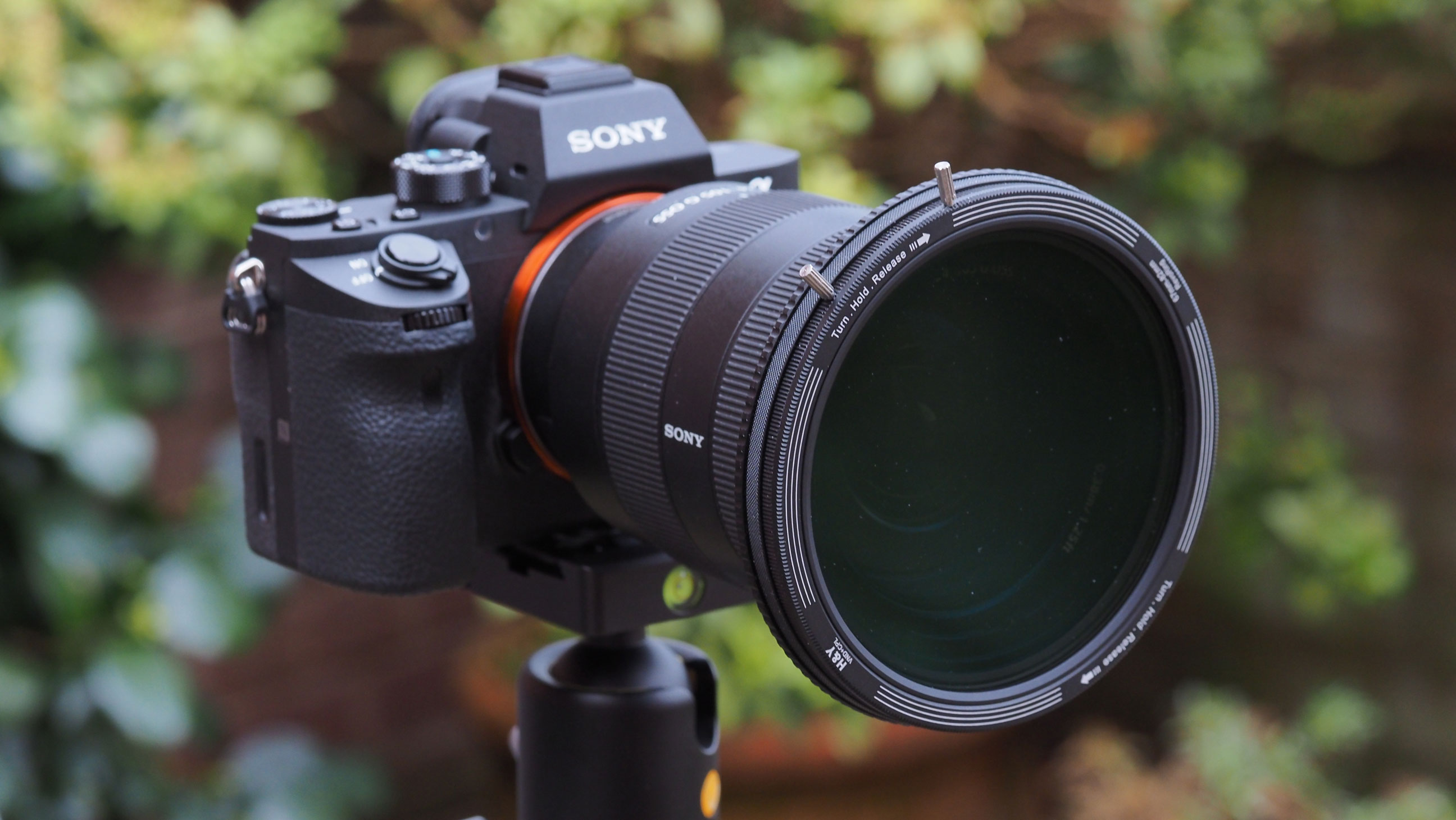
The Revoring with Variable ND and Circular Polariser is a very clever idea that’s well made, easy to use and, within the limits of variable ND filters in general, delivers very good results. It’s also good value compared to the cost of buying polarising and variable ND filters separately.
Whether it’s a good idea is harder to judge. H&Y has made clever use of the properties of polarising filters to produce two filters in one. The only question is whether these are two filters you would necessarily use together – that’s for individual photographers to work out.
The other clever aspect to this design is the Revoring attachment itself, and this is available separately without any filter built in. With the Revoring, you can use a single filter size across a range of different (smaller) filter threads. It would certainly be cheaper than buying individual filters, and a lot less fiddly than juggling a bunch of regular step-up rings.
Read more:
• Best variable ND filters
• Best polarizing filters
• Best ND filter
• Best ND grad filters
• Best filter holders

Rod is an independent photography journalist and editor, and a long-standing Digital Camera World contributor, having previously worked as DCW's Group Reviews editor. Before that he has been technique editor on N-Photo, Head of Testing for the photography division and Camera Channel editor on TechRadar, as well as contributing to many other publications. He has been writing about photography technique, photo editing and digital cameras since they first appeared, and before that began his career writing about film photography. He has used and reviewed practically every interchangeable lens camera launched in the past 20 years, from entry-level DSLRs to medium format cameras, together with lenses, tripods, gimbals, light meters, camera bags and more. Rod has his own camera gear blog at fotovolo.com but also writes about photo-editing applications and techniques at lifeafterphotoshop.com
